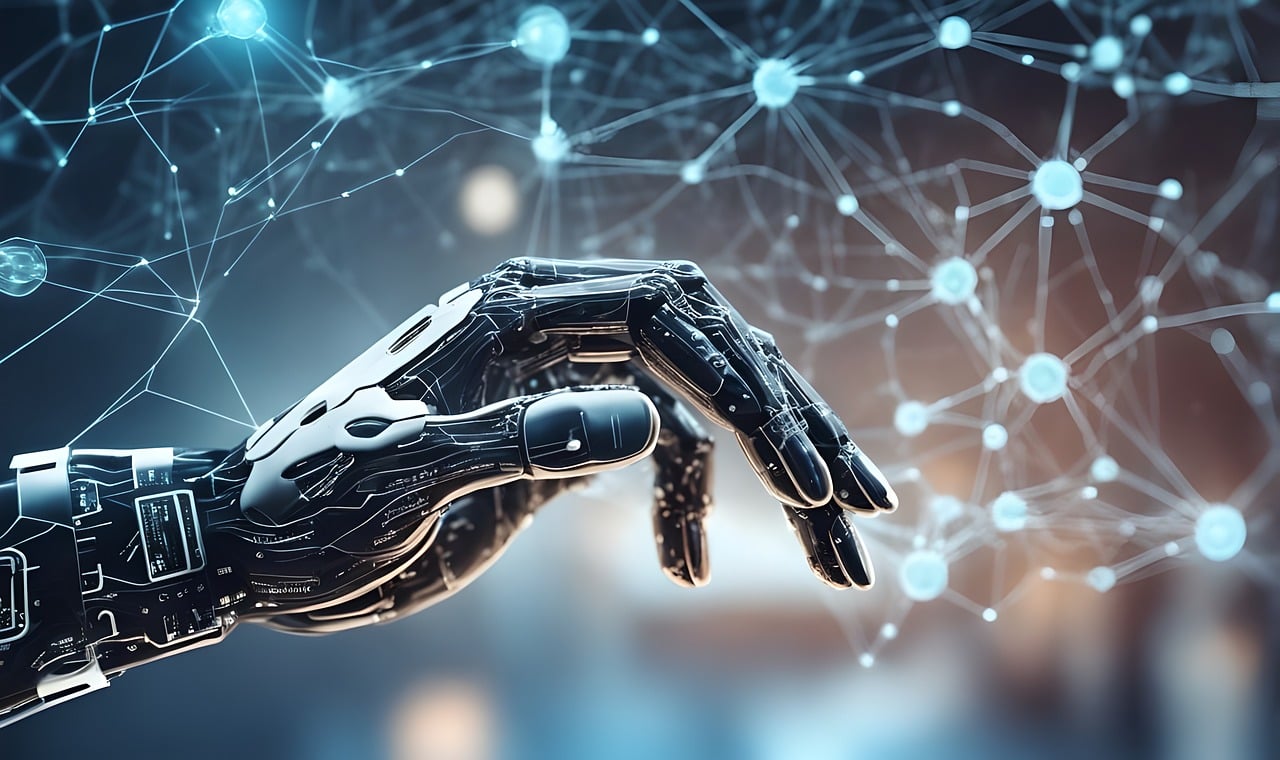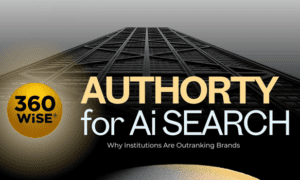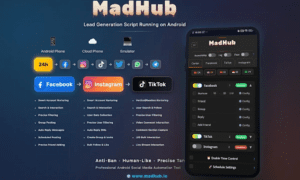By Gopinath Kathiresan
In an era where software doesn’t just run on your phone but drives your car, manages your bank account, and protects your identity, one question towers above all else: Can I trust this?
That question isn’t answered by sleek UIs or even by how many downloads your app gets. It’s answered behind the scenes—long before users ever interact with your product—by the discipline of software quality assurance (QA). And today, as digital threats grow more sophisticated, the future of QA is being rewritten by AI.
We’re not just talking about catching bugs. We’re talking about trust as an engineering problem. And AI is turning out to be our most powerful tool in solving it.
The Hidden Layer of Trust
Most users won’t ever meet a QA engineer. But their trust in a product is often the direct result of one. The work of a high-performing QA team is invisible by design—no alerts, no crashes, no inconsistencies. The best outcomes feel like nothing happened at all. That’s trust.
But today’s software isn’t built the way it used to be. We’re working with microservices, third-party APIs, AI-generated code, and continuous deployment pipelines. That complexity is a breeding ground for silent failures—especially the kind that compromise security.
Where Traditional QA Hits a Wall
Historically, QA was about exhaustive test cases, regression checks, and reactive bug-fixing. But modern attack surfaces evolve faster than we can script. Vulnerabilities don’t wait for test cycles—they emerge from configuration drift, AI hallucinations, misused APIs, or overlooked edge cases in distributed systems.
If you’re still relying on manual checklists or brittle test scripts, you’re not just behind—you’re exposed.
Enter AI: From Bug Detection to Threat Prevention
AI in QA isn’t just about speed—it’s about awareness. We’re now seeing tools that can:
- Flag anomalous logs across millions of events in real-time.
- Predict defect hotspots before a line of code ships.
- Model user behavior to simulate real-world attack scenarios.
- Detect drift in model performance or API behavior that could signal deeper risks.
These aren’t futuristic ideas. They’re being used today by teams who treat quality as a first-class citizen—not a speed bump at the end of development.
Case in Point: Silent Failures with Loud Consequences
Let’s say your mobile app connects to a payment processor. A silent failure in how the API token is refreshed could expose your users to session hijacking. This might not crash the app. It might not trigger a QA alert. But it erodes the very thing users came for—security and reliability.
Now imagine an AI-powered quality layer that learns your token refresh patterns, monitors latency and error rates, and flags a change in behavior before users feel it. That’s where we’re headed.
The Shift: From QA as Gatekeeping to QA as Governance
Quality used to be the team that said “no” before launch. Today, it’s becoming the team that says “here’s how we make this safe to scale.” And AI is giving QA professionals the leverage to participate earlier—in architecture, in threat modeling, in real-time monitoring.
In other words, QA is becoming a strategic function, not just a tactical one.
Building Your AI-Augmented QA Stack
If you’re leading an engineering or product team in 2024, here’s how to start embedding AI into your QA pipeline:
- Adopt anomaly detection tools in your observability stack—look beyond static thresholds.
- Use AI-assisted test generation for broader edge case coverage (especially for LLM or API-heavy features).
- Integrate with security monitoring tools like Snyk or Panther that surface software supply chain risks.
- Measure trust, not just test pass rates—use indicators like MTTR (mean time to resolution), test flakiness trends, and real-user performance metrics.
Trust at Scale Isn’t Optional
Startups used to talk about MVPs—get it out fast, fix it later. But today, trust is the MVP. One misstep in data handling or software reliability can tank your product—and your brand—before you’ve even scaled.
AI gives us a fighting chance to build fast and safe. But only if we shift our mindset from checking the box to owning the user experience.
Final Thought: Trust Is the Product
No matter how advanced your AI models are or how elegant your codebase is, if your users don’t trust the experience—you’ve already lost.
In 2024 and beyond, trust won’t come from having fewer bugs. It will come from designing systems that predict, adapt, and learn before failure occurs.
And that’s why AI-powered QA isn’t just a nice-to-have—it’s the cornerstone of next-gen digital security.
And that’s why AI-powered QA isn’t just a nice-to-have—it’s the cornerstone of next-gen digital security.
|
|
Gopinath Kathiresan is a seasoned leader in software quality engineering, with over 15 years of experience driving automation, reliability, and trust across complex digital ecosystems. His work sits at the intersection of engineering rigor and strategic foresight, focused on building resilient, scalable platforms that power long-term innovation. Gopinath is passionate about redefining how the tech industry approaches quality—not as a checkbox, but as a foundation for growth, security, and user confidence.
|



































